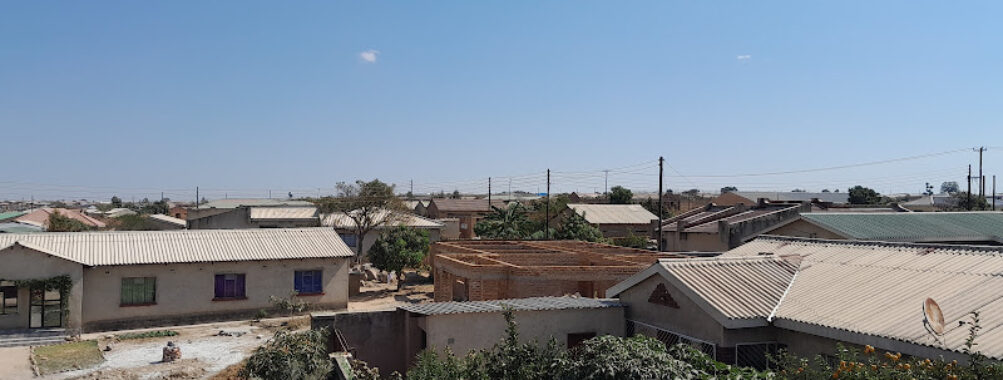
Chinhoyi
Table of Contents
Description
Looking for an off-the-beaten-path destination in Zimbabwe that perfectly blends history, education, and local culture? Chinhoyi might just be your answer. This fascinating city in central northern Zimbabwe has really grown on me during my visits – it’s got this special quality that makes you want to dig deeper and stay longer.
What I love most about Chinhoyi is how it’s evolved from its unique beginnings as an Italian settlement into today’s bustling college town. With around 90,800 residents, it’s got this perfect mix of small-city charm and academic energy. Ya know what I mean? It’s not your typical tourist hotspot, and that’s exactly what makes it special.
Key Features
• Chinhoyi University of Technology – the heart of the city’s academic vibe
• Historic colonial architecture scattered throughout downtown
• The famous Chinhoyi Caves, with their mysteriously blue pools
• Local markets where you can experience authentic Zimbabwean culture
• Surrounding farmlands showcasing the region’s agricultural heritage
• Traditional craft centers displaying local artisanship
• Multiple heritage sites from pre-colonial times
• Modern shopping facilities blended with traditional marketplaces
Best Time to Visit
I’ve been here during different seasons, and lemme tell you – timing matters! The sweet spot for visiting Chinhoyi is during the dry season, from April to October. The weather’s just perfect then – not too hot, not too cold. Plus, the roads are easier to navigate compared to the rainy season.
But here’s a pro tip: May to August are the absolute best months. The temperatures hover around 20-25°C (68-77°F), making it ideal for exploring the city on foot or taking those longer day trips to nearby attractions. The mornings can be a bit chilly though, so pack a light jacket!
How to Get There
Getting to Chinhoyi isn’t as complicated as you might think. The city sits right along the main Harare-Chirundu highway, making it super accessible by road. From Harare, it’s about a 115km drive northwest – usually takes around 2 hours, depending on traffic.
You’ve got several options:
• Regular bus services run from Harare’s main terminal
• Shared taxis (what locals call emergency taxis) are available
• Private car hire from Harare International Airport
• Organized tours that include Chinhoyi in their itinerary
Tips for Visiting
After spending quite a bit of time here, I’ve picked up some handy tips that’ll make your visit smoother:
1. Book your accommodation in advance – the university calendar can affect room availability
2. Carry cash – while some places accept cards, smaller vendors and markets are cash-only
3. Learn a few basic Shona phrases – locals really appreciate the effort
4. Start your days early – the morning climate is perfect for exploring
5. Connect with university students – they know all the best local spots
6. Don’t forget your camera – the colonial architecture makes for great photos
7. Respect local customs – dress modestly and ask before taking pictures of people
8. Try the local food – there are some amazing spots serving traditional Zimbabwean cuisine
And hey, one last thing – take time to chat with the locals. They’re incredibly friendly and often share fascinating stories about the city’s transformation from an Italian settlement to the educational hub it is today. Trust me, these conversations will be some of your most memorable experiences in Chinhoyi.
Remember to stay flexible with your plans – sometimes the most unexpected discoveries happen when you least expect them. That’s what makes Chinhoyi such a special place to explore!
Location
Places to Stay Near Chinhoyi
Find and Book a Tour
Explore More Travel Guides
No reviews found! Be the first to review!